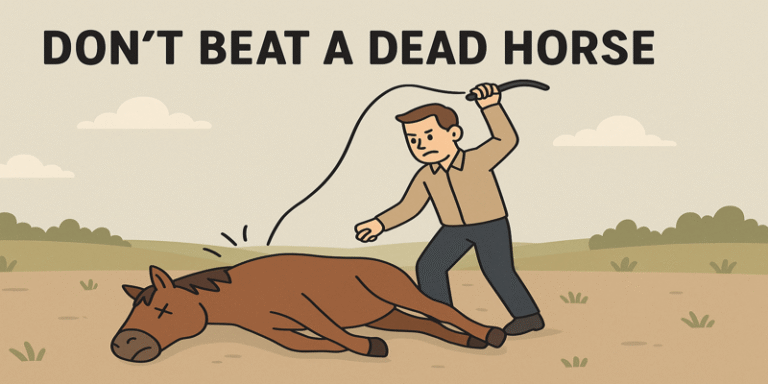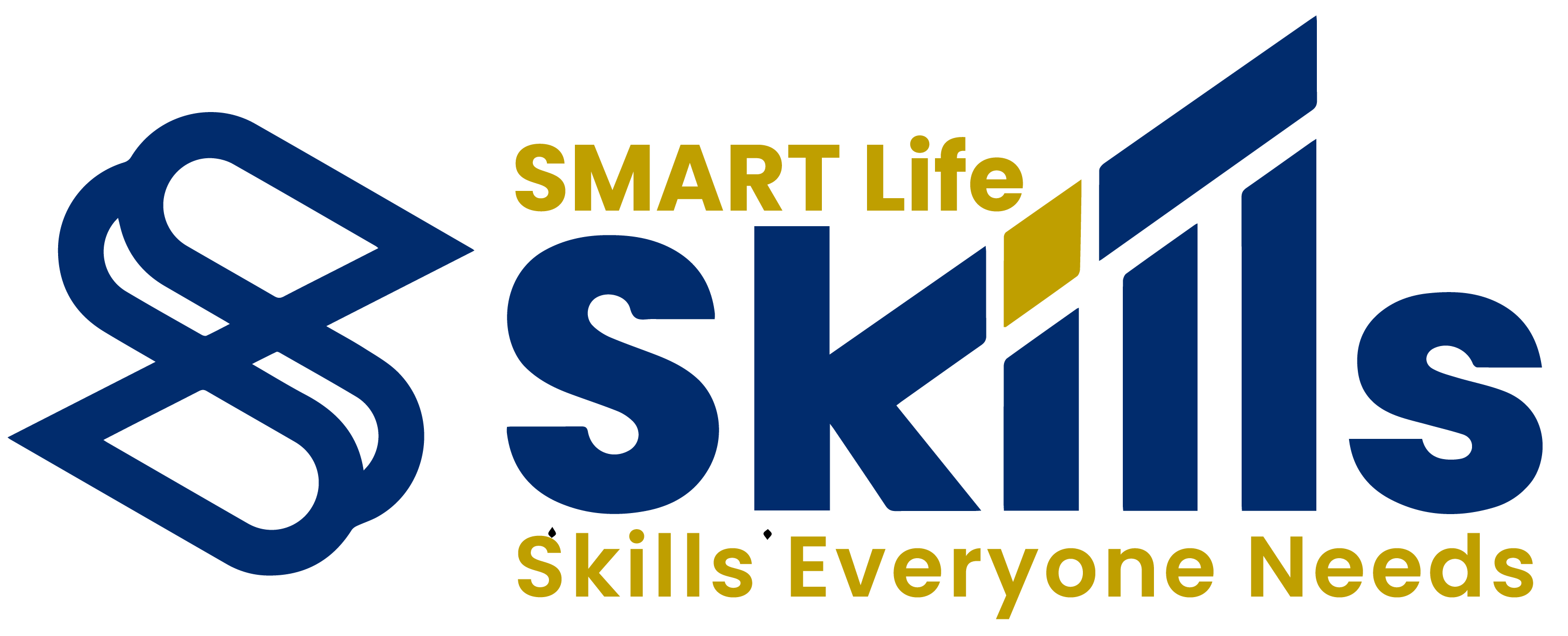The “Dead Horse Theory” is a metaphorical critique of how individuals, organisations, and even entire nations handle persistent and unsolvable problems. Instead of confronting reality and making pragmatic decisions, many institutions engage in futile efforts, attempting to revive what is already beyond repair. The theory humorously highlights the irrationality of such behaviour, illustrating various ways in which individuals and groups try to justify their actions rather than acknowledging the failure and moving forward.
The core premise of the theory is simple: when one realises, they are riding a dead horse, the most rational decision is to dismount and seek an alternative. However, as history and contemporary practices show, individuals and organisations often resist accepting reality. This reluctance can be attributed to various psychological, institutional, and social factors. Instead of abandoning the dead horse, a range of ineffective strategies is employed in an attempt to sustain an inherently unviable situation.
Understanding the Dead Horse Theory in Organisational Contexts
Organisations, especially bureaucratic and hierarchical institutions, are notorious for engaging in activities that align with the “Dead Horse Theory.” When a project, policy, or initiative is failing, instead of admitting its ineffectiveness, organisations often take counterproductive measures, including:
- Buying a new saddle for the horse: Investing in additional resources or cosmetic changes without addressing the fundamental issue.
- Improving the horse’s diet: Allocating more funds to a failing initiative, despite clear evidence that it is unsustainable.
- Changing the rider: Replacing personnel instead of acknowledging systemic flaws.
- Firing the horse caretaker: Holding individuals accountable rather than addressing broader organisational inefficiencies.
- Holding meetings to discuss increasing the dead horse’s speed: Engaging in endless discussions and strategic planning sessions without practical outcomes.
- Creating committees to analyse the dead horse: Establishing task forces that spend extensive time and resources on analysis while ignoring obvious conclusions.
- Justifying failure by comparing to other dead horses: Rationalising inefficiencies by pointing to similar failures elsewhere.
- Proposing training programs for the horse: Wasting additional resources on training and development when the fundamental issue is beyond remedy.
- Redefining the concept of “dead”: Manipulating definitions and narratives to create an illusion of progress.
Psychological and Organisational Factors Behind the Dead Horse Theory
Several psychological and organisational factors explain why individuals and institutions persist in futile endeavours instead of accepting failure.
1.0 Sunk Cost Fallacy
The sunk cost fallacy occurs when decision-makers continue investing in a failing initiative simply because they have already invested significant resources. Instead of evaluating the present situation objectively, they justify continued involvement to avoid the emotional discomfort of admitting loss (Arkes & Blumer, 1985). This cognitive bias explains why companies persist with obsolete products or governments uphold failing policies.
2.0 Institutional Inertia
Large organisations, especially bureaucratic institutions, struggle to adapt to changing circumstances due to rigid structures and established procedures (Merton, 1940). The resistance to change often results in maintaining failing strategies rather than exploring innovative solutions.
3.0 Groupthink and Conformity
Groupthink, a concept introduced by Janis (1972), refers to the tendency of cohesive groups to prioritise consensus over critical evaluation. Within organisations, groupthink can lead to collective denial, where decision-makers reinforce each other’s justifications rather than acknowledging reality.
4.0 Loss Aversion
Kahneman and Tversky (1979) demonstrated that individuals disproportionately fear losses compared to equivalent gains. This psychological tendency discourages decision-makers from abandoning a failing initiative, as they perceive it as an irreversible loss rather than a strategic shift.
5.0 Reputation and Political Considerations
Individuals in leadership positions often fear that acknowledging failure will harm their credibility and career prospects. As a result, they perpetuate unsuccessful initiatives to avoid the reputational damage associated with admitting mistakes (Bazerman & Moore, 2012).
Case Studies and Real-World Applications
The Dead Horse Theory can be observed across various sectors, including business, government, and academia.
1.0 Business Failures
Many corporations have fallen victim to the Dead Horse Theory by persisting with failing products or business models. One notable example is the case of Kodak, which despite being a pioneer in photography, failed to adapt to digital technology. Instead of embracing innovation, Kodak continued investing in traditional film, ultimately leading to its decline (Lucas & Goh, 2009).
Similarly, Blockbuster ignored the rise of online streaming and digital rental services, continuing to expand its physical rental stores despite the changing landscape of entertainment consumption (Christensen et al., 2015).
2.0 Government Policies
Governments frequently engage in dead horse strategies by sustaining ineffective policies due to political pressure or bureaucratic inertia. For instance, some public infrastructure projects continue receiving funding despite evidence of inefficiency and redundancy. The construction of the Concorde supersonic aircraft is a classic example where massive investment was sustained despite economic unfeasibility (Prunier, 2003).
3.0 Education and Academic Research
The education sector is not immune to the Dead Horse Theory. Institutions often cling to outdated curricula and assessment methods despite advancements in pedagogical research. Additionally, academia sometimes invests in research projects with diminishing returns, driven by funding obligations rather than practical relevance (Altbach, 2015).
Lessons from the Dead Horse Theory
The Dead Horse Theory provides valuable insights into decision-making and strategic management. Key lessons include:
- Recognising When to Let Go: Accepting failure is not an admission of incompetence but a necessary step towards progress. Decision-makers should cultivate the ability to assess situations objectively and pivot when needed.
- Encouraging Critical Thinking: Organisational cultures should promote open discussions and constructive criticism rather than reinforcing conformity.
- Avoiding Sunk Cost Bias: Leaders should make forward-looking decisions based on current realities rather than past investments.
- Emphasising Agility and Adaptability: Flexibility is crucial in an ever-changing environment. Organisations that adapt to new information and trends are more likely to thrive.
- Fostering a Culture of Innovation: Rather than maintaining failing initiatives, institutions should invest in new ideas and approaches that align with contemporary challenges.
The Dead Horse Theory serves as a humorous yet profound critique of human tendencies to resist change, waste resources, and justify inefficiency. By recognising the factors that contribute to these behaviours, individuals and organisations can develop more effective strategies for decision-making and problem-solving. Instead of riding dead horses, institutions should embrace adaptability, critical thinking, and innovation to remain relevant and effective in an ever-evolving world.
References:
Altbach, P.G. (2015) Academic Reform and Institutional Change in Higher Education. Routledge.
Arkes, H.R. & Blumer, C. (1985) “The Psychology of Sunk Cost,” Organizational Behavior and Human Decision Processes. 35(1), pp. 124-140.
Bazerman, M.H. & Moore, D.A. (2012) Judgment in Managerial Decision Making. Wiley.
Christensen, C., Raynor, M., & McDonald, R. (2015). “What Is Disruptive Innovation?” Harvard Business Review. 93(12), pp. 44-53.
Janis, I.L. (1972) Victims of Groupthink: A Psychological Study of Foreign-Policy Decisions and Fiascoes. Houghton Mifflin.
Kahneman, D. & Tversky, A. (1979). “Prospect Theory: An Analysis of Decision Under Risk,” Econometrica. 47(2), pp. 263-291.
Lucas, H.C. & Goh, J.M. (2009). “Disruptive Technology: How Kodak Missed the Digital Photography Revolution,” Journal of Strategic Information Systems. 18(1), pp. 46-55.
Merton, R.K. (1940). “Bureaucratic Structure and Personality,” Social Forces. 18(4), pp. 560-568.
Prunier, G. (2003) “The Concorde Fallacy,” Aviation History Journal. 25(3), pp. 17-29.









